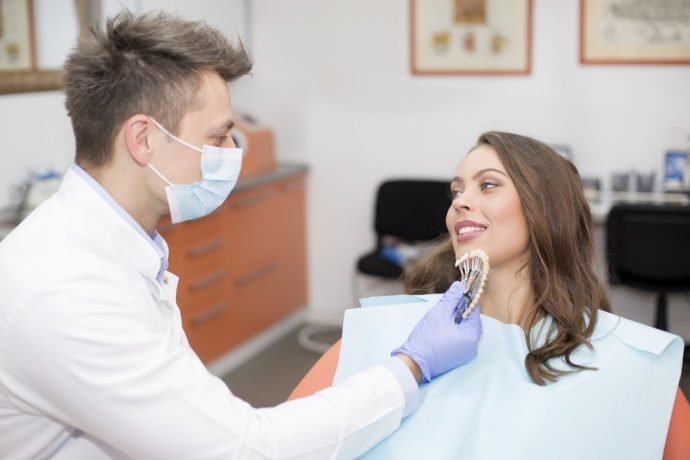One of the biggest risk factors for any dental implant procedure occurs after the tooth is placed. Dental implants carry the chance of infection. However, there is a new product on the market that just might be changing the riskiness of dental implant infection. A slow-release drug that releases an antimicrobial is showing some high improvement in the success and health of dental implants. Working by eliminating material biofilms, which are highly correlated with the implants, it just might be the best thing since the invention of dental implants themselves.
Researchers from KU Leuven in Belgium have developed a slow-release drug that is inserted into the reservoir of a dental implant. The implant is made of an extremely porous material, so that the slow-release drug inside it can gradually diffuse and reach the outside of the implant to service the bone cells as well. The result of the slow-release medication is that it helps to ensure that the bacteria cannot form a biofilm that could lead to serious infection.
Bacteria only has two lifeforms. They either take the planktonic state, where they are only a single and independent cell form. Or they can gather and combine together, to form a biofilm, which is a mass of bacteria that coats the dental implant. Biofilms are different from planktonic bacteria because they are typically chronic and not treatable with antibiotics.
The reason that most dental implants don’t “take” (in other words, they fail) is because of infection. That is why the new invention of this slow-release drug is so exciting. If the drug can do away with the vast majority of infections that make dental implants unsuccessful, then the drug can completely overhaul the success rate of implants around the world.
What has changed?
In the past, dental implant makers have used hard surfaces, with the hopes of improving the security of the dental implant by taking up bigger “spaces.” But using harder materials increases the chances that biofilm will form and lead to infection. The new dental implant with the infused slow-release drug is made for a silicon diffusion barrier, which is not a hard surface. It is instead a porous one; while it has a titanium structure, it isn’t hard on the outside, so it’s not as susceptible to biofilm. The reservoir of the dental implant is then filled with a chemical called chlorhexidine, an antimicrobial that is used in most mouthwashes.
In test results, researchers found that the chlorhexidine implant helped to stop streptococcus mutant, which is a common type of bacteria affecting the teeth and gums, and it did so before biofilm could form. The reservoir works by stopping the growth of biofilm before it can reach an infectious stage that decreases the likelihood that the dental implant will adhere.
Although further research needs to be done about the long-term success of the new type of implant since it is made from a different material, the proof that it can work in the early stages to improve the implant’s adherence is very encouraging. There are other issues that need to be tested. There is a question about whether the new material might be more susceptible to calcification and protein clogging in the pores of the mouth, which could create post-secondary infection down the line.
So, the addition of the slow-release drug definitely is a proven method to stave away the beginning stages of infection. The material used has not been proven to have a long shelf life, though, and not much is known about its longevity or if it will be prone to other types of problems, so more studies are needed. More research will likely come to develop the best happy medium between being able to incorporate the slow-release drug and the type of dental implant that you can use with it for the future of successful dental implant surgery.

